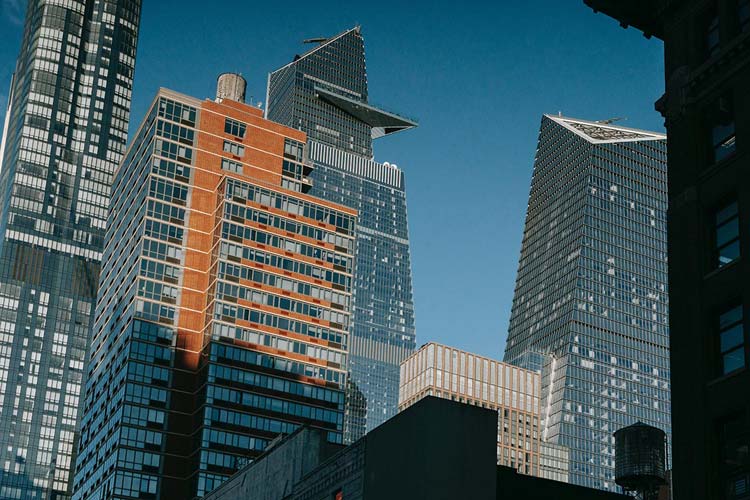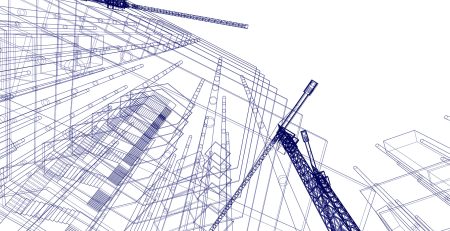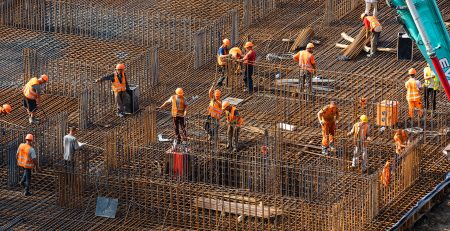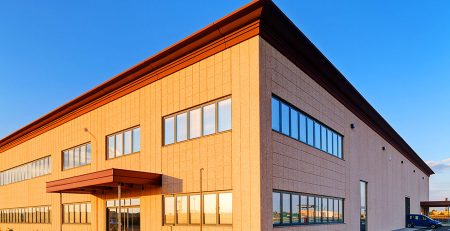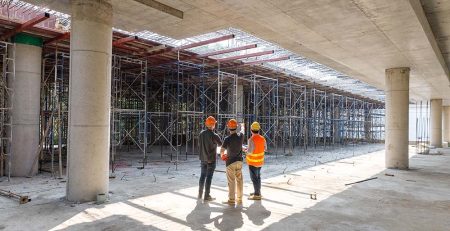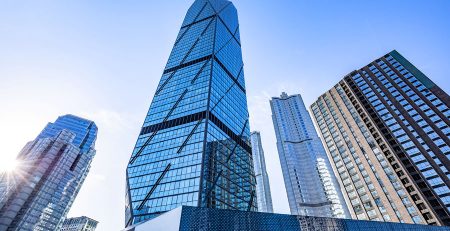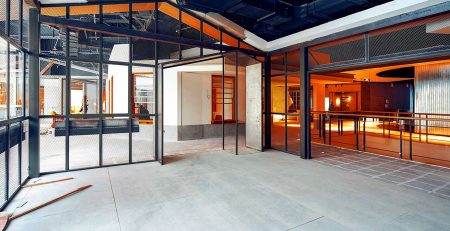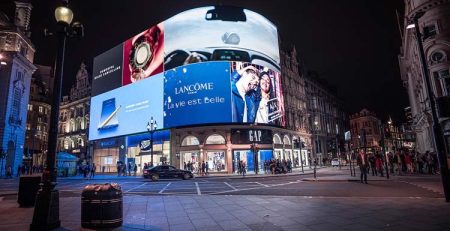Future of Residential Building: What’s New?
Unveil the latest trends and innovations shaping the future of residential buildings, from smart homes to sustainable living.
The future of residential buildings is upon us, marked by a fusion of innovative design, technology, and a growing emphasis on sustainability. The homes of tomorrow are being crafted not just to provide shelter, but to enhance quality of life, efficiency, and environmental responsibility. In this blog, we delve into the new wave of residential construction trends. We explore the rise of smart homes equipped with technology for enhanced comfort and security, the growing popularity of eco-friendly materials and energy-efficient designs, and the architectural innovations that are redefining home living. From minimalist designs that maximize space to community-oriented developments that foster social connections, the future of residential buildings is diverse and exciting. This article aims to provide insights into how our living spaces are transforming, reflecting a deeper understanding of the role our homes play in our lives and their impact on the world around us.
The Dawn of a New Era in Residential Architecture
As we venture further into the 21st century, residential architecture is witnessing a remarkable evolution. This transformation is driven not only by technological advancements but also by changing lifestyles, environmental concerns, and a renewed focus on community living. The homes of the future are not mere structures for shelter but embodiments of innovation, sustainability, and personal well-being. They are being designed to accommodate the complexities of modern living while offering comfort, efficiency, and a closer connection to nature.
Incorporating Smart Technology for Enhanced Living
One of the most significant trends in contemporary residential buildings is the integration of smart technology. Homes are becoming more connected and intelligent, equipped with devices and systems that can be controlled remotely for enhanced convenience, safety, and energy efficiency. Features like smart thermostats, automated lighting, and security systems that can be controlled from a smartphone are becoming standard. Moreover, advancements in home automation are enabling seamless integration of various systems, resulting in a more intuitive and user-friendly living experience. Smart homes are not just about technological convenience; they represent a shift towards a more responsive and interactive living environment.
Sustainable and Eco-Friendly Building Practices
Sustainability is at the forefront of modern residential building design. Architects and builders are increasingly focusing on creating homes that are environmentally responsible and resource-efficient. This involves the use of sustainable building materials, renewable energy sources, and designs that maximize natural light and ventilation. Green homes are being designed with features like solar panels, rainwater harvesting systems, and green roofs, which not only reduce the ecological footprint but also offer health benefits to the residents. Sustainable building practices are not just a trend but a necessity in the face of global environmental challenges, marking a shift towards more conscious and responsible living.
Designing for Flexibility and Adaptability
The future of residential buildings also emphasizes flexibility and adaptability in design. As the nature of work and family life continues to evolve, homes need to be able to adapt to various needs and life stages. This has led to the design of modular and multifunctional spaces that can be easily reconfigured. For instance, a home office can transform into a guest room, or a living area can expand to accommodate larger gatherings. This flexibility is not only practical but also cost-effective, allowing homeowners to make the most of their space without the need for extensive renovations.
Fostering Community and Connectivity
Another emerging trend in residential buildings is the focus on community and connectivity. There is a growing recognition of the importance of social interaction and communal living for personal well-being. Residential developments are being designed with communal spaces like shared gardens, community centers, and recreational facilities. These spaces encourage interaction among residents, fostering a sense of community and belonging. Moreover, the integration of residential buildings with commercial and recreational areas is creating mixed-use developments that offer a more holistic living experience, blurring the lines between home, work, and leisure.
The future of residential building is shaping up to be an exciting and transformative journey. It is characterized by the integration of smart technology, a commitment to sustainability, a focus on flexible and adaptable design, and a renewed emphasis on community living.
These developments reflect a deeper understanding of the role our homes play in our lives – not just as places to live but as spaces that nurture our well-being, connect us to our communities, and help us live more harmoniously with our environment. As we look to the future, it is clear that the way we build and interact with our homes will continue to evolve, reflecting the changing dynamics of our world and our ongoing quest for a better quality of life.

